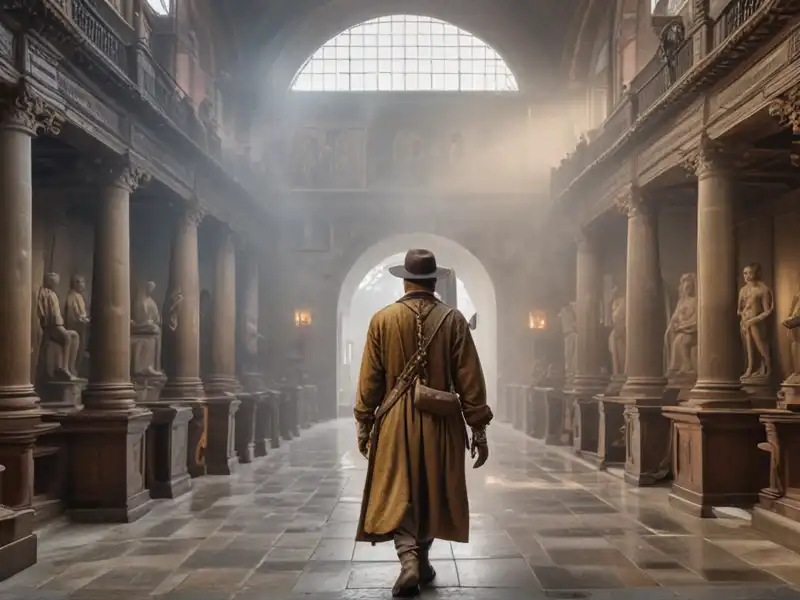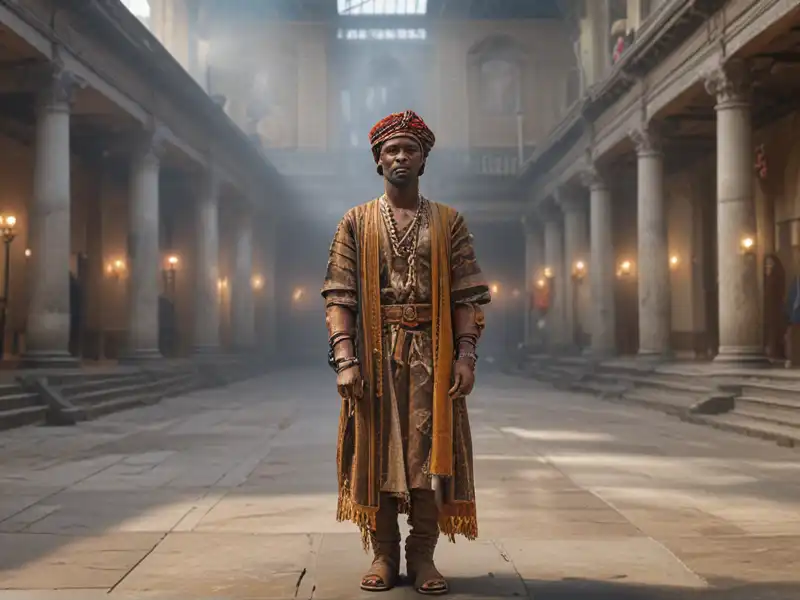UNESCO World Heritage Sites: Exploring Icons of Humanity at the Museum
The United Nations Educational, Scientific and Cultural Organization (UNESCO) has designated numerous sites around the world as World Heritage Sites, recognizing their cultural, historical, or natural significance. These sites are considered to be icons of humanity, representing the best of what our civilization has to offer. Visiting these sites allows us to connect with our past, understand different cultures, and appreciate the beauty and diversity of our planet. In this article, we will explore how museums dedicated to UNESCO World Heritage Sites play a crucial role in preserving and showcasing these important landmarks for future generations.
Preserving Cultural Heritage
Museums dedicated to showcasing UNESCO World Heritage Sites serve as important repositories of cultural heritage. They house artifacts, documents, and exhibits that educate visitors about the history and significance of these iconic sites. By preserving and displaying these objects, museums help to protect and promote cultural diversity, ensuring that future generations can learn from and appreciate the achievements of past civilizations. Through interactive displays, multimedia presentations, and educational programs, these museums bring the stories of World Heritage Sites to life, allowing visitors to immerse themselves in the rich tapestry of human history.
Promoting Sustainable Tourism
One of the key roles of museums dedicated to UNESCO World Heritage Sites is to promote sustainable tourism to these iconic locations. By showcasing the beauty and significance of these sites, museums inspire visitors to travel responsibly and respectfully, minimizing their impact on the environment and local communities. Through exhibitions, workshops, and outreach programs, these museums educate visitors about the importance of preserving World Heritage Sites for future generations and encourage them to support conservation efforts. By raising awareness about the value of cultural and natural heritage, museums play a vital role in fostering a sense of stewardship and responsibility towards our shared global heritage.
Fostering Cultural Exchange
Museums dedicated to UNESCO World Heritage Sites are important centers for cultural exchange and dialogue. They bring together people from different backgrounds and perspectives, enabling them to share their experiences, stories, and traditions. By promoting cross-cultural understanding and respect, these museums help to bridge the divides that separate us and celebrate the diversity that unites us as human beings. Through collaborative projects, exhibitions, and events, museums bring together artists, scholars, and communities to explore the universal themes and values that connect us all. By fostering a spirit of openness and curiosity, these museums play a crucial role in promoting intercultural dialogue and cooperation, building bridges of understanding and empathy that transcend national boundaries and divisions.

In conclusion, museums dedicated to UNESCO World Heritage Sites are invaluable institutions that play a crucial role in preserving, promoting, and celebrating the icons of humanity. Through their exhibitions, programs, and initiatives, these museums inspire visitors to connect with their cultural heritage, travel responsibly, and engage with diverse perspectives and traditions. By fostering a sense of pride and appreciation for our shared global heritage, these museums help to create a more inclusive, sustainable, and peaceful world for future generations to inherit and enjoy.

